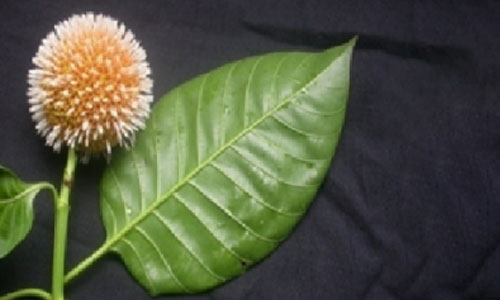We value your privacy
We use cookies to enhance your browsing experience, serve personalized ads or content, and analyze our traffic. By clicking "Accept All", you consent to our use of cookies.
We use cookies to help you navigate efficiently and perform certain functions. You will find detailed information about all cookies under each consent category below.
The cookies that are categorized as "Necessary" are stored on your browser as they are essential for enabling the basic functionalities of the site. ...
Necessary cookies are required to enable the basic features of this site, such as providing secure log-in or adjusting your consent preferences. These cookies do not store any personally identifiable data.
No cookies to display.
Functional cookies help perform certain functionalities like sharing the content of the website on social media platforms, collecting feedback, and other third-party features.
No cookies to display.
Analytical cookies are used to understand how visitors interact with the website. These cookies help provide information on metrics such as the number of visitors, bounce rate, traffic source, etc.
No cookies to display.
Performance cookies are used to understand and analyze the key performance indexes of the website which helps in delivering a better user experience for the visitors.
No cookies to display.
Advertisement cookies are used to provide visitors with customized advertisements based on the pages you visited previously and to analyze the effectiveness of the ad campaigns.
No cookies to display.
|
Division
|
Angiosperms |
|
Class
|
Dicotledons |
|
Subclass |
Gamopetalae |
|
Series |
Epigynae |
|
Order |
Rubiales |
|
Family
|
Rubiaceae |
|
Genus
|
Anthocephalus |
|
Species
|
chinensis |

|
Etymology: |
Greek anthos, flower and Kephale, head referring to the arrangement of flowers in head. |
|
Botanical name
|
Anthocephalus chinensis (Lam.) Rich. ex Walp. ( A. cadamba (Roxb.) Miq., Neolamarkia cadamba (Roxb.) Boisser.) |
|
Local/Trade names:
|
Kadam |
|
Conservation status:
|
Commonly planted in gardens. Also found in North-east India. |
|
Digonestic features:
|
Flower head upto 5 cm across. |
|
Description: |
A large, deciduous tree. Bark grey, becoming darker and fissured with age. Leaves broadly ovate, 7.5-18 x 4.5-11 cm, rounded or sometimes subcordate. Flowers yellow, in solitary, terminal heads 3.5-5 cm across. Fruit a fleshy, globose, orange receptacle. Seeds not winged, muriculate. |
|
Phenology: |
Fls.: May-June. |
|
Distribution: |
Sub-Himalayan tracts from Nepal eastwards and in the south in the N. Circars and W. Ghats. |
|
Where to see it: |
Medicinal Plant Garden, Arboretum near Japanese Garden, Gate No. 2 side, Nursery and Near main Gate. |
|
Uses: |
Wood used chiefly for boarding and for packing-cases and tea-boxes, also employed for beams and rafters, and light construction work. Suitable for dugouts, canoes, carving, and turnery. Pulp suitable for manufacture of cheap quality paper. Flowers receptacle edible. Bark tonic and febrifuge. Flowers yield an essential oil. |
Chief Conservator of Forests & Chief Wildlife Warden is the Head of the Department. There is one post of Conservator of Forests & two posts of Deputy Conservator of Forests viz.